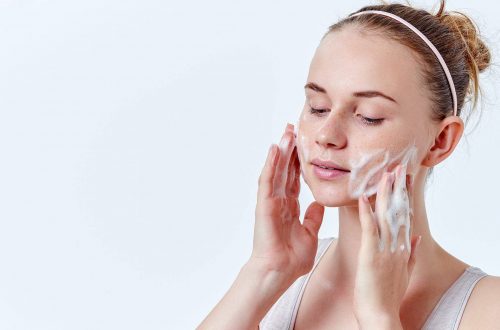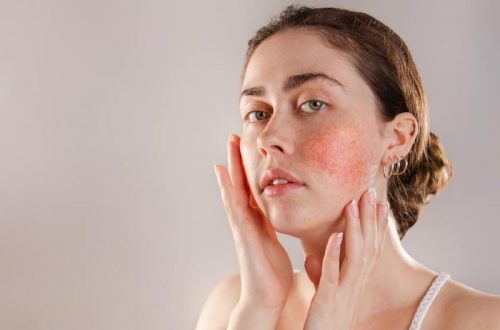
Niacinamide And Hyaluronic Acid: A Winning Combination
Consumers frequently search for the cosmetic solutions for skincare that best meet their demands. There has recently been a rise in curiosity about the assets or substances that can deliver the best outcomes for a given disease or correction. Of course, you should also know how to work them into your beauty routine. Niacinamide and hyaluronic acid are two standout ingredients, particularly for their quick results. The nicest thing about both is how well they complement one another, which strengthens each of their advantages.
It is crucial to understand these substances a little better in this way. its primary benefits to skincare and how the two ingredients, niacinamide and hyaluronic acid, can work well together.
Niacinamide
Niacinamide is a type of vitamin B3 that can be derived from natural sources such yeast and plant roots, as well as from meals like dairy, eggs, and some forms of meat. This micronutrient has a low molecular weight and is also soluble in water. As a result, it can readily absorb by the epidermis, or top layer of skin, as well as penetrate deeper layers to operate right away on the required repairs. The fact that it works with all types of skin and has multiple uses is one of its most significant advantages.
The following are the primary advantages of using niacinamide in a skin-cleansing, protection, and beauty routine:
- Gives the skin moisture, which promotes collagen formation, improved suppleness, and wrinkle reduction.
- It combats acne because of its potent activity and sebum-regulating characteristics, which also promote cell renewal.
- Since it has an anti-inflammatory effect that lessens dryness and itching of the skin, it lowers damage indicators like inflammation and redness.
- protects against the sun because it combats pigmentation, or the appearance of spots caused by excessive sun exposure, in addition to protecting the skin from environmental aggressors.
- By repairing skin tissue’s DNA and lowering the appearance of free radicals that contribute to the development of ageing symptoms, it has antioxidant effects.
Hyaluronic Acid
In contrast, hyaluronic acid is a chemical that occurs naturally in various body tissues. include, among others, the skin, joints, and cartilage. Hyaluronic acid serves a variety of purposes, depending on where it is present. It is a crucial element in the specific case of the dermis for preserving moisture and fostering cell regeneration. Because this active element is obtained through synthesis, scientific advancements have made it possible to incorporate it into a variety of cosmetic goods or aesthetic treatments. Its precise function is to fill in for the natural component’s eventual absence over time.
Hyaluronic acid’s main mechanism of action is the attraction and storage of water molecules, which in the skin promotes a supple, smooth appearance.




